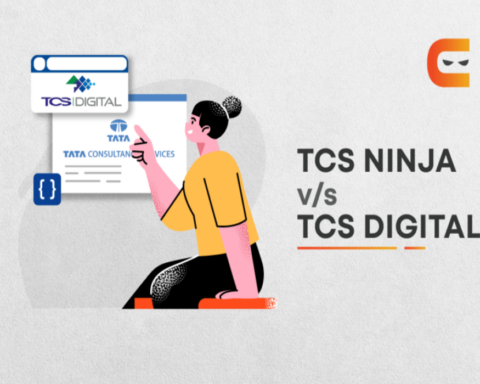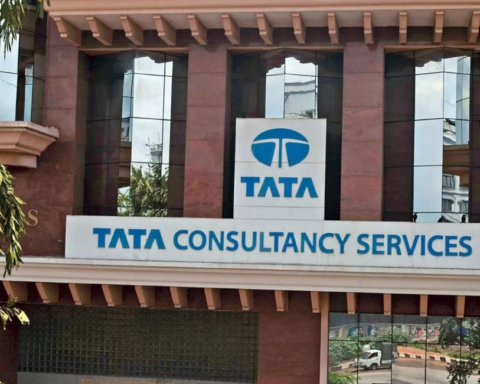
Nisha Harshwal:- What is DNIF Next-Gen SIEM?
Mr. Shomiron Dasgupta:-Essentially, for me, a next-gen SIEM is where you are bringing in lots and lots of data. Basically, building the analytics side, not just the rule-based side. There are rule-based systems, which are very stereotyped and very specific. For instance, when one is shown a visual and told that “this is called a fox,” or “that is called a dog,” “this is the difference between a fox and a dog,” or “this is what an elephant looks like”. That is how we used to identify attackers. Now, attackers are figuring out the rule-based systems and circumventing those systems — so what is happening with us is that we are not able to figure out attacks without having rules. How do you do that? By understanding the environment. Once you understand the environment, you start to take informed actions.
Analytics can identify what is normal, and then start making decisions and identifying anomalies. That is essentially what we are trying to do with DNIF. There are two pillars: a high volume of data and the ability to use analytics for outlier or anomaly detection.
Nisha Harshwal:- What are the challenges faced by the cybersecurity space? How is DNIF impacting the cybersecurity space in India?
Mr. Shomiron Dasgupta:-There are a lot of challenges that cybersecurity is facing right now. However, some of the key challenges that DNIF is solving have to do with the “vocabulary” of attacks — the number of attacks that exist today is just tremendously large. It is growing all the time. The type of attacks, the style of attacks, and the sequence in which attacks are taking place are all changing continuously. It is becoming difficult for us to keep up with them and figure out from these issues that we have not seen before. Because attack patterns and their types and styles are changing, we are unable to easily figure out which ones are new, old, known, unknown, and what is an anomaly, what is not, … All this has become very messy, and because of that, we are losing clarity in detections. At this point, we do not know whether there are 5 attacks to be detected, or 55, or 55,555. Therefore, because there is no clear goal post, we cannot build a defensive perimeter, or a defensive system that is able to identify every rock on the ground at this point. That is the biggest challenge.
This industry has grown, the kinds of attacks have grown, and it is all just gone crazy. Because of that, you can no longer keep running this race with the system to invent new detection methods. When you do not know how many attacks are out there, how can you write rules for every one of them? Because we cannot write rules for every single one of them, we start to move. This is another great challenge that the industry is facing, and this is where analytics steps in.
We say, “Let’s set that problem aside. Let’s figure out a different solution for that, and start going into analytics, and start figuring out how.”







